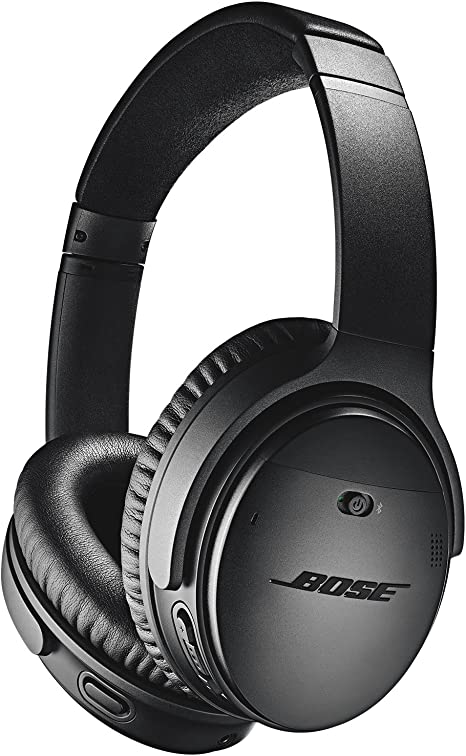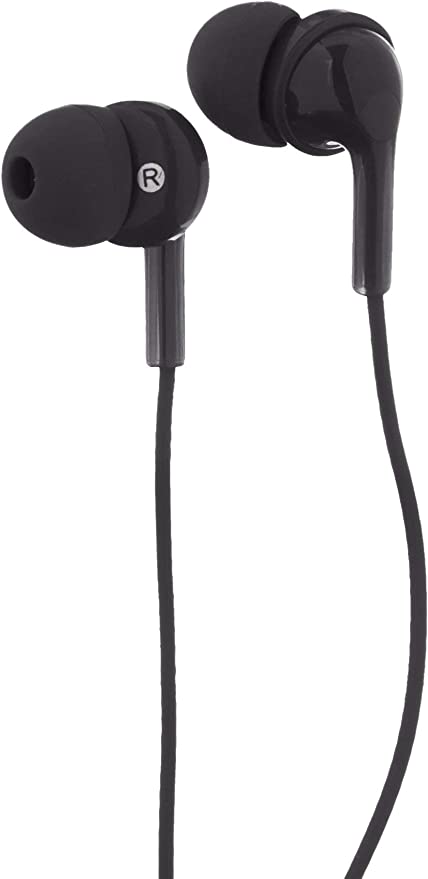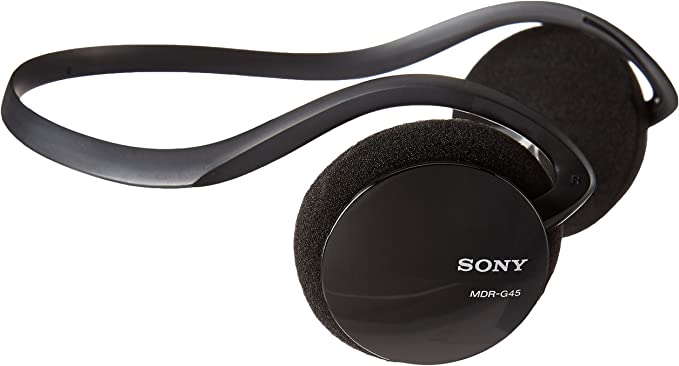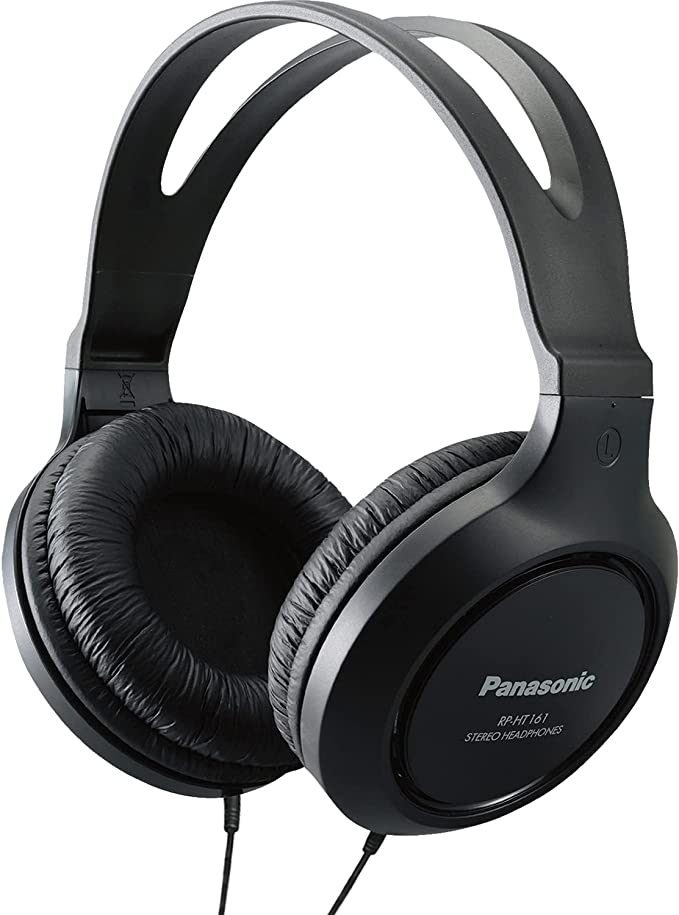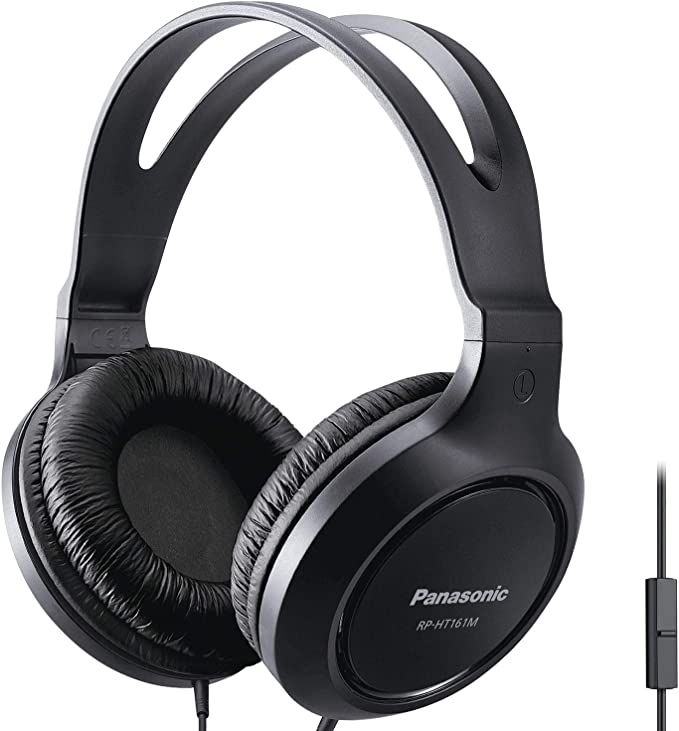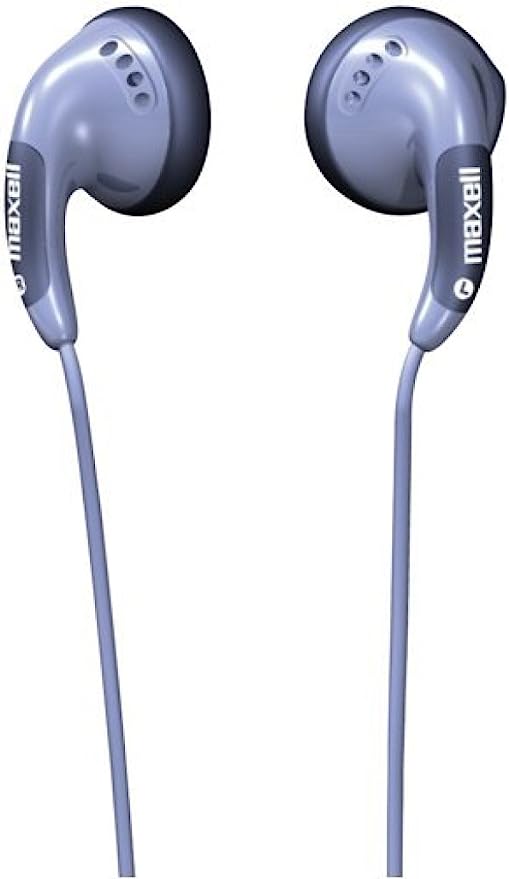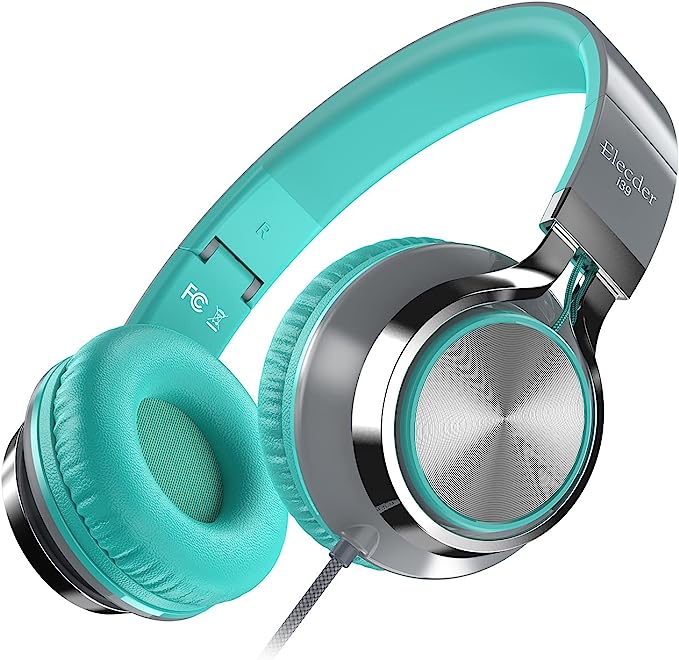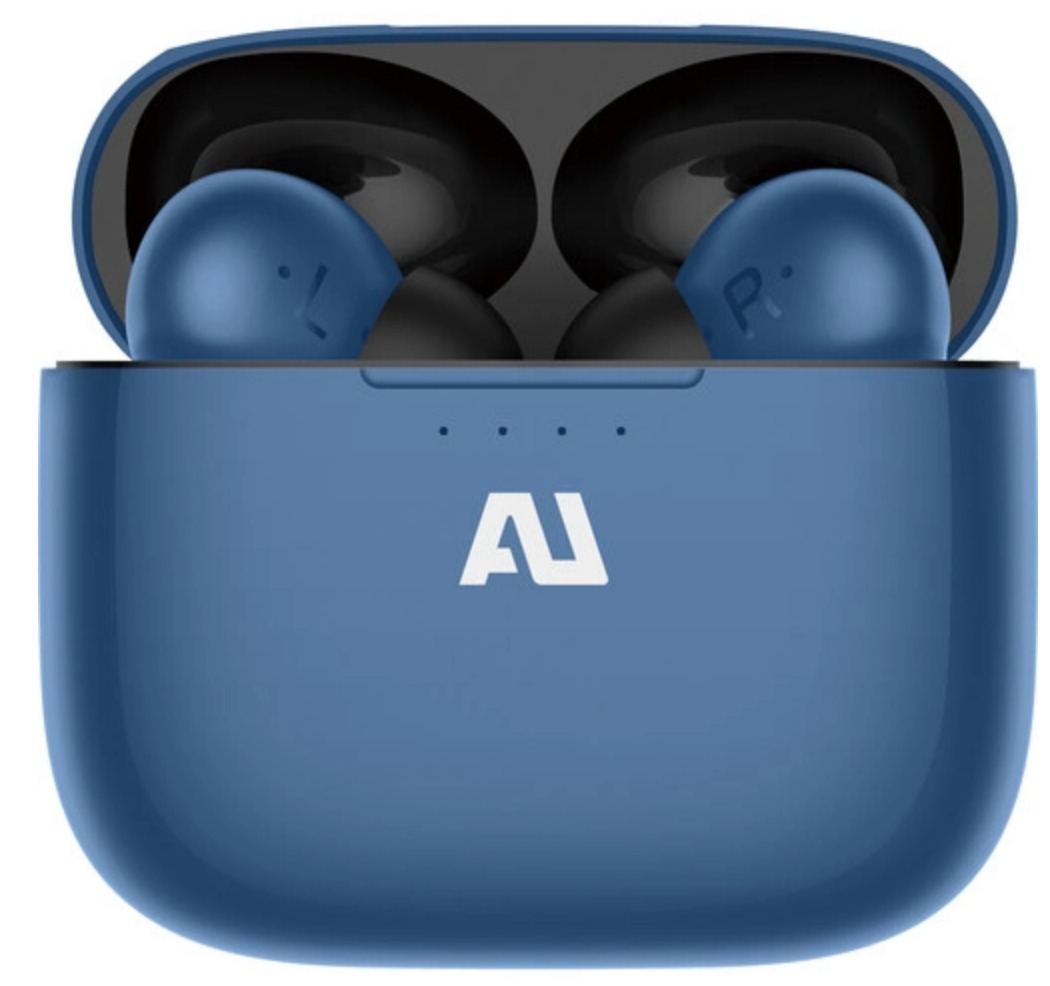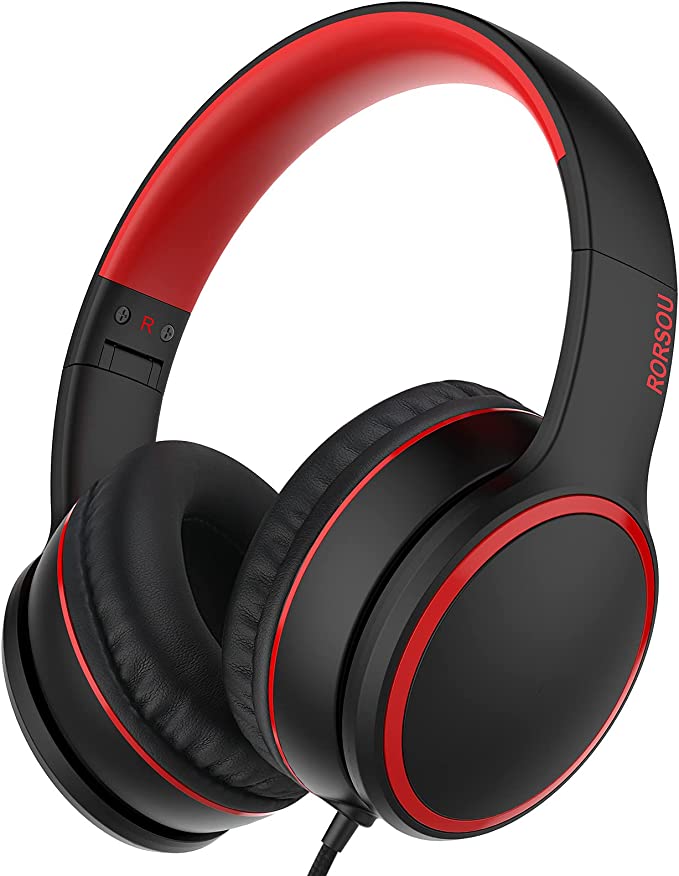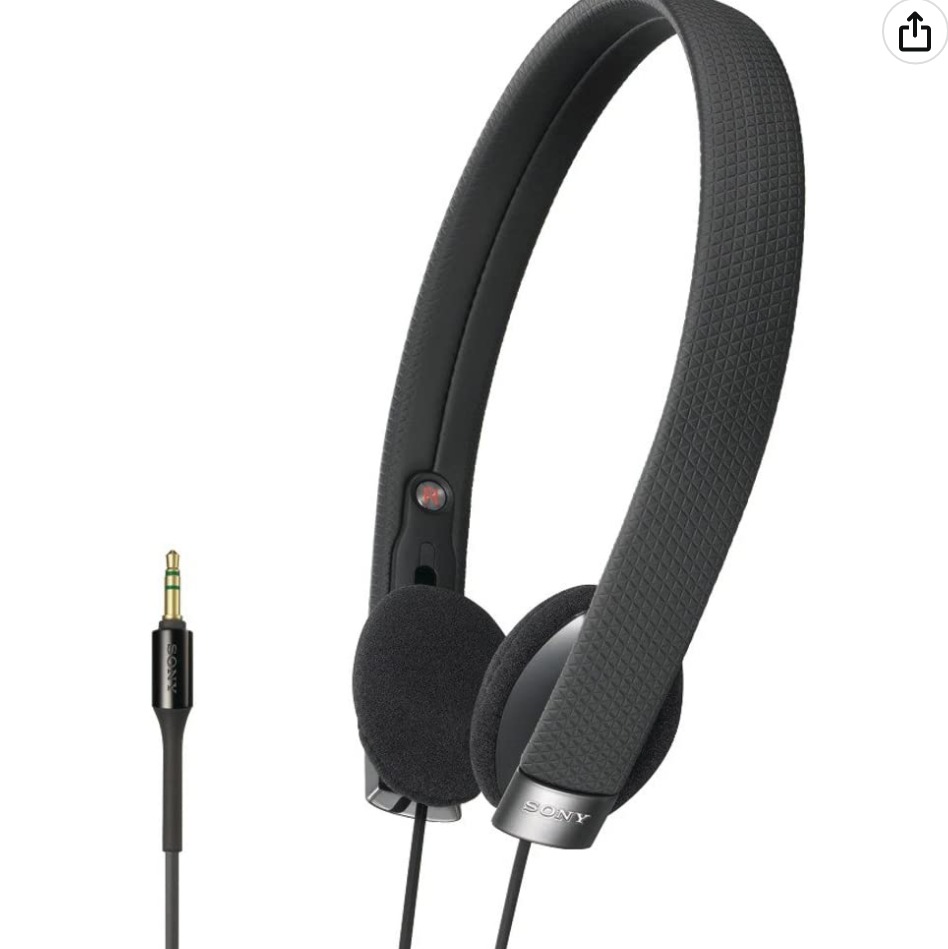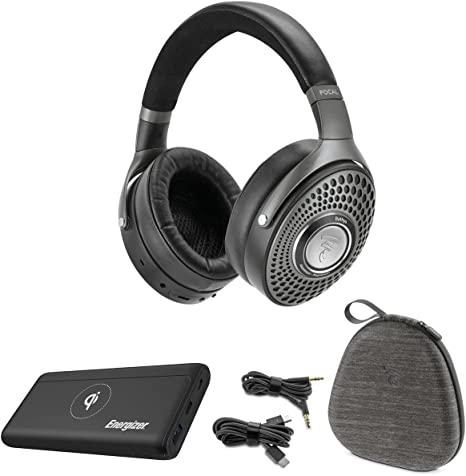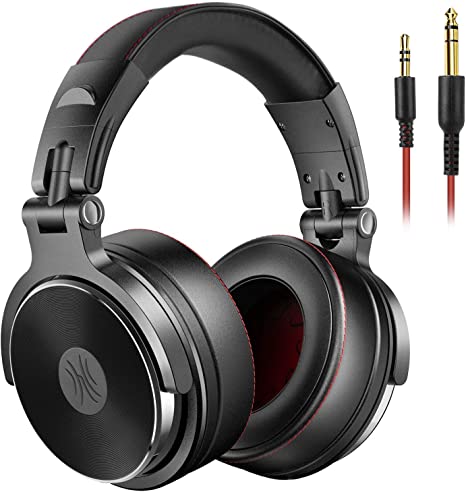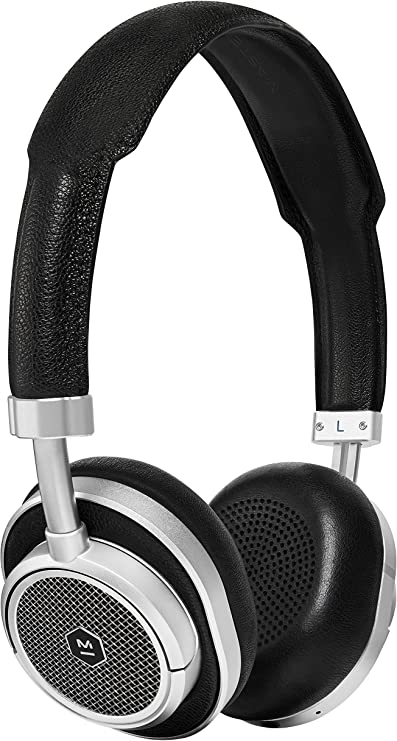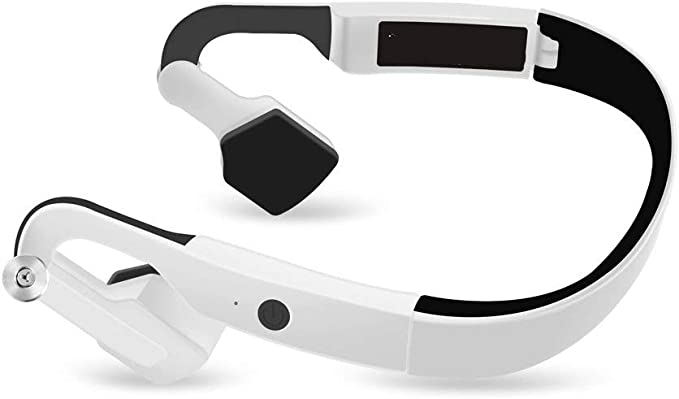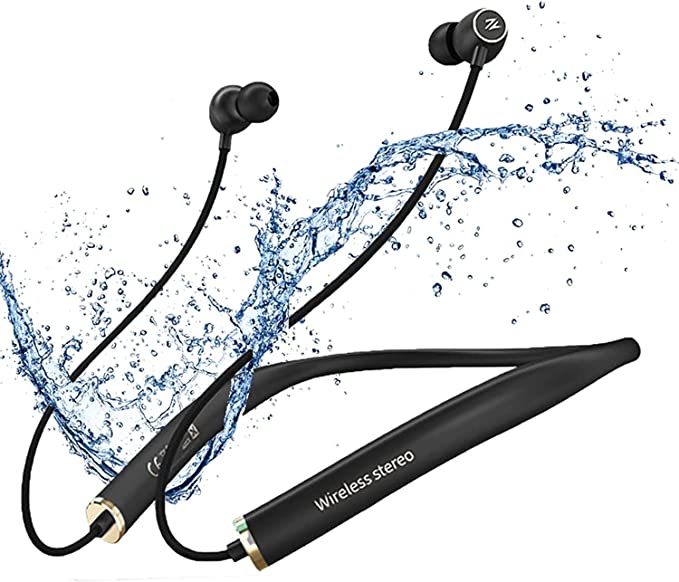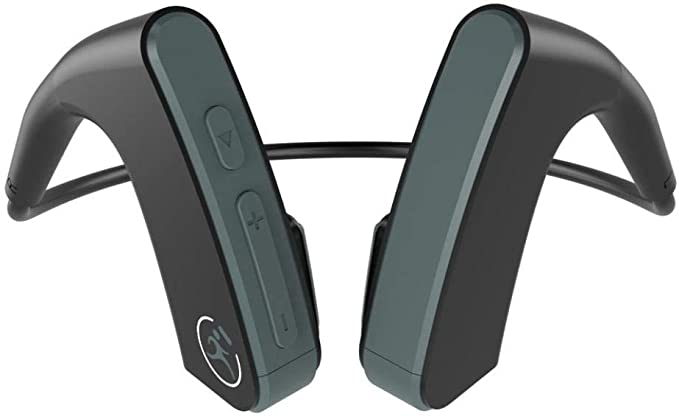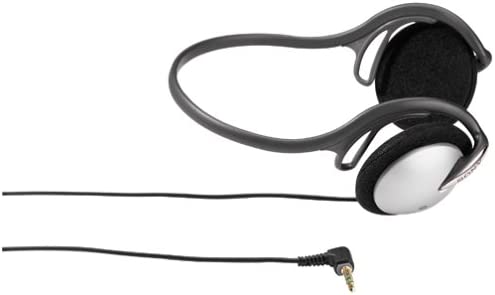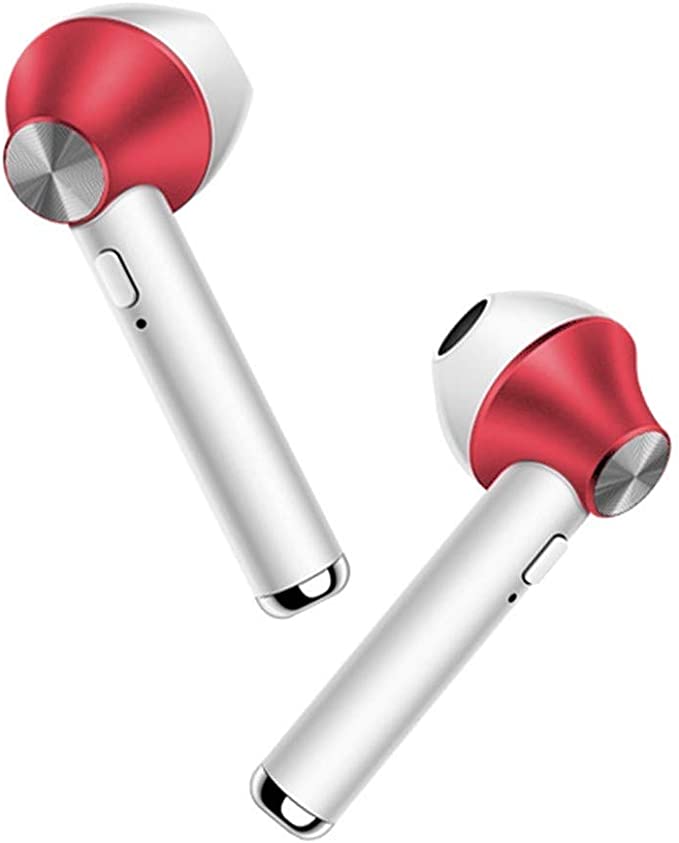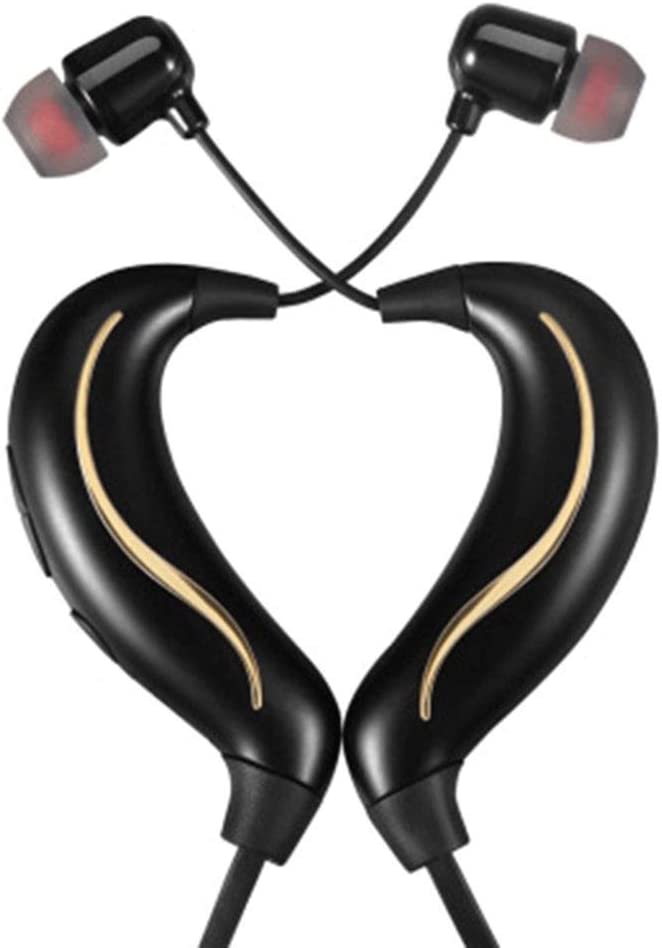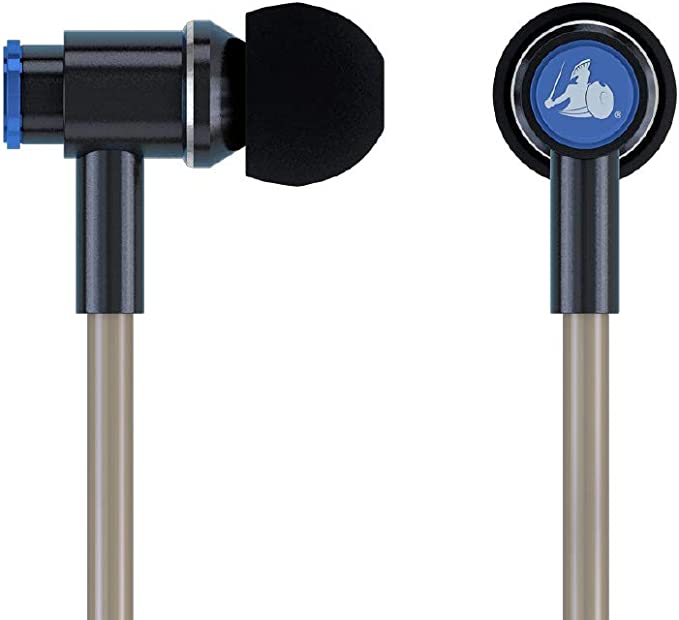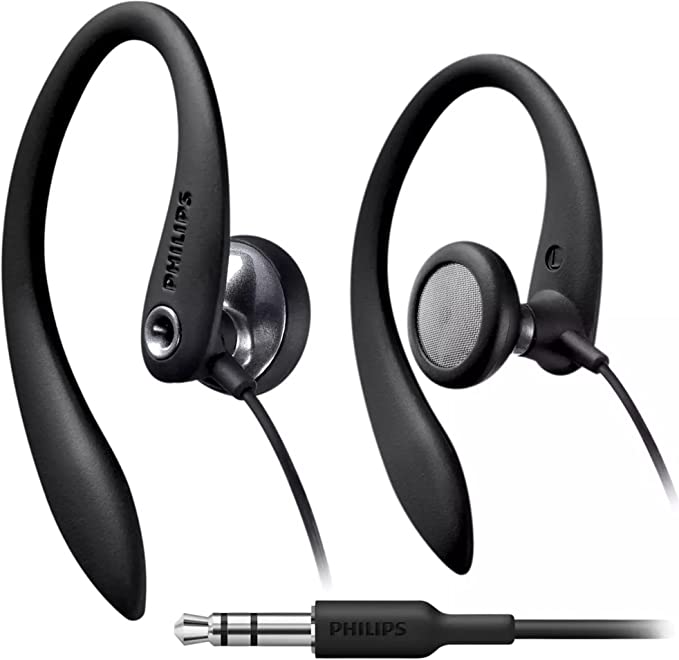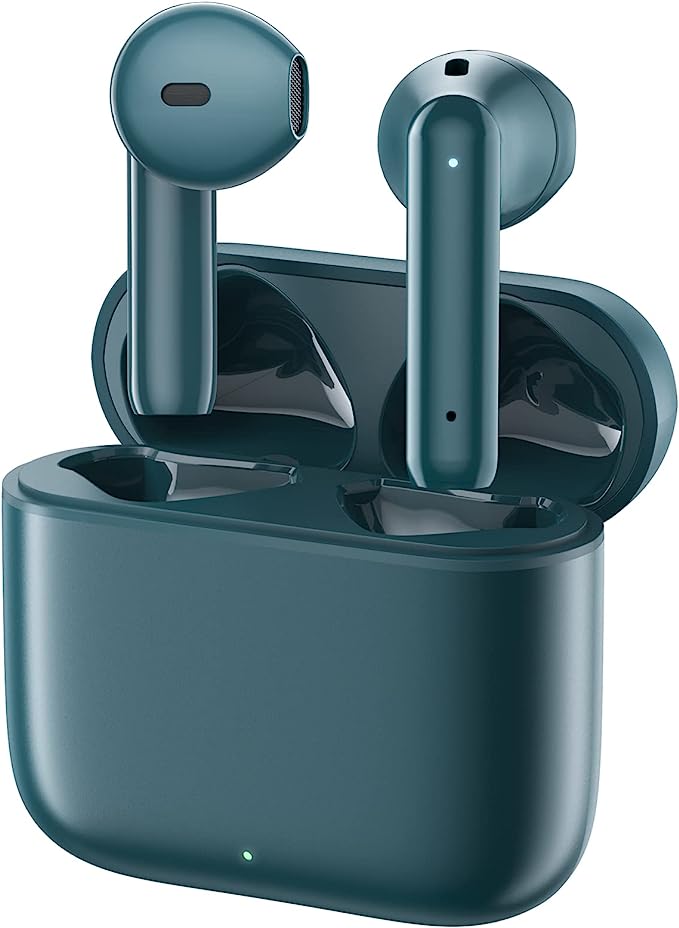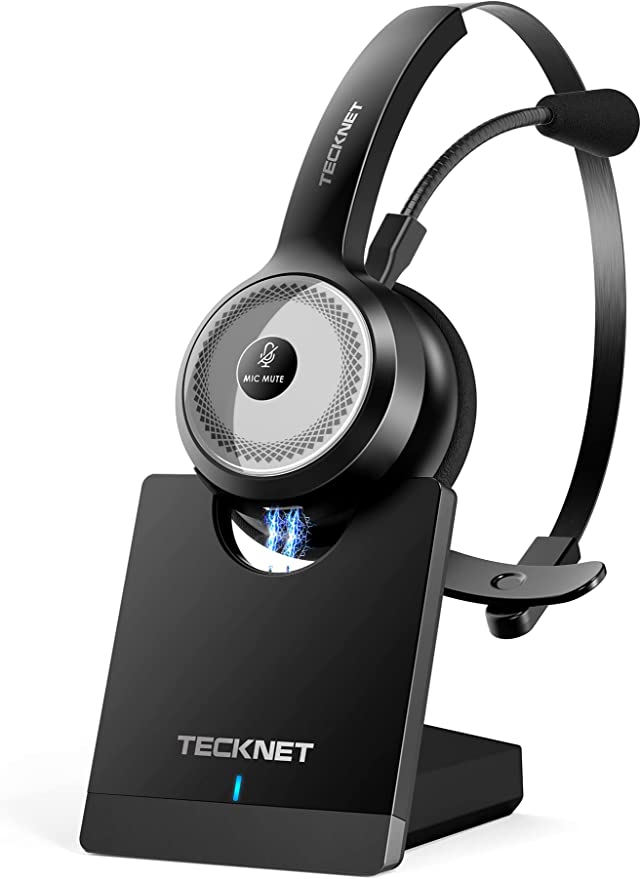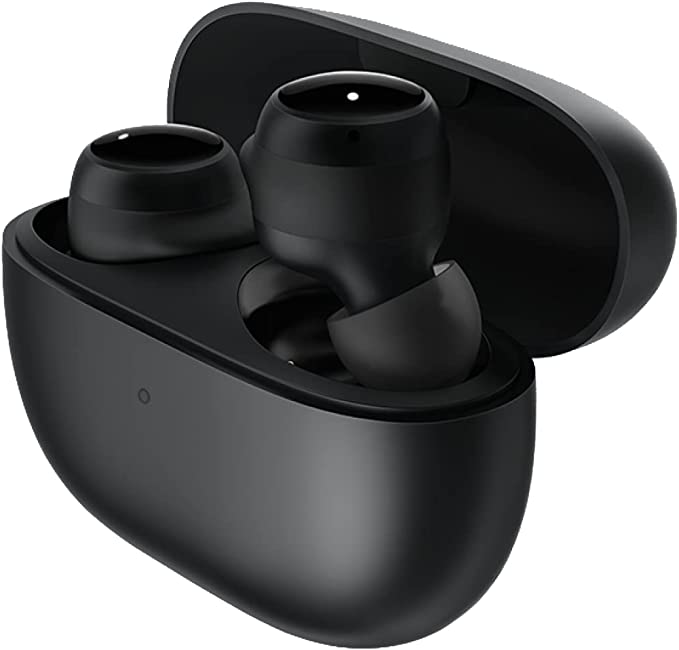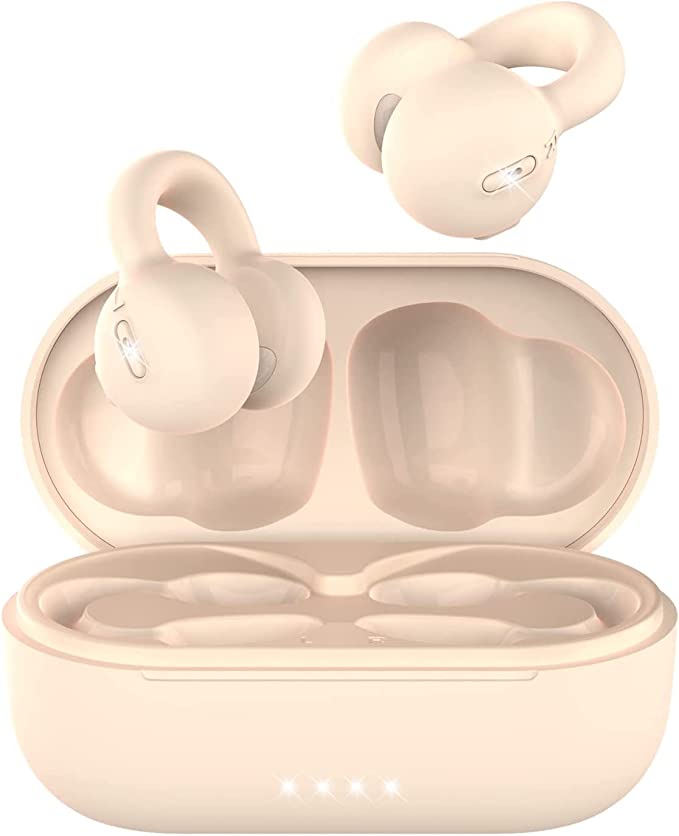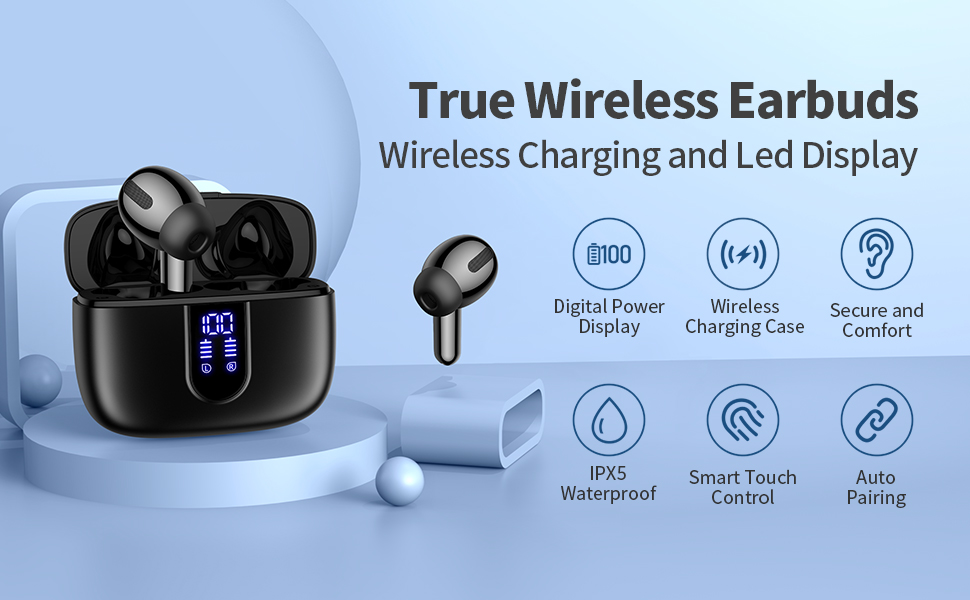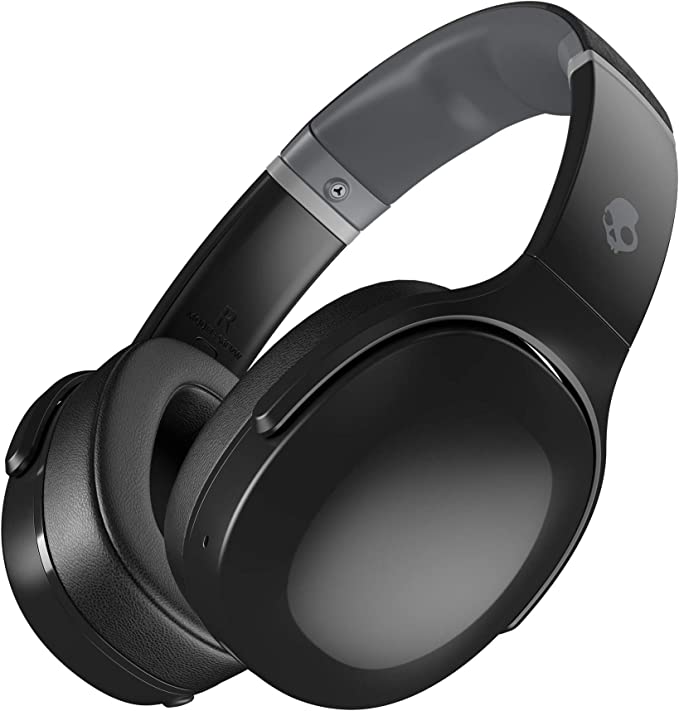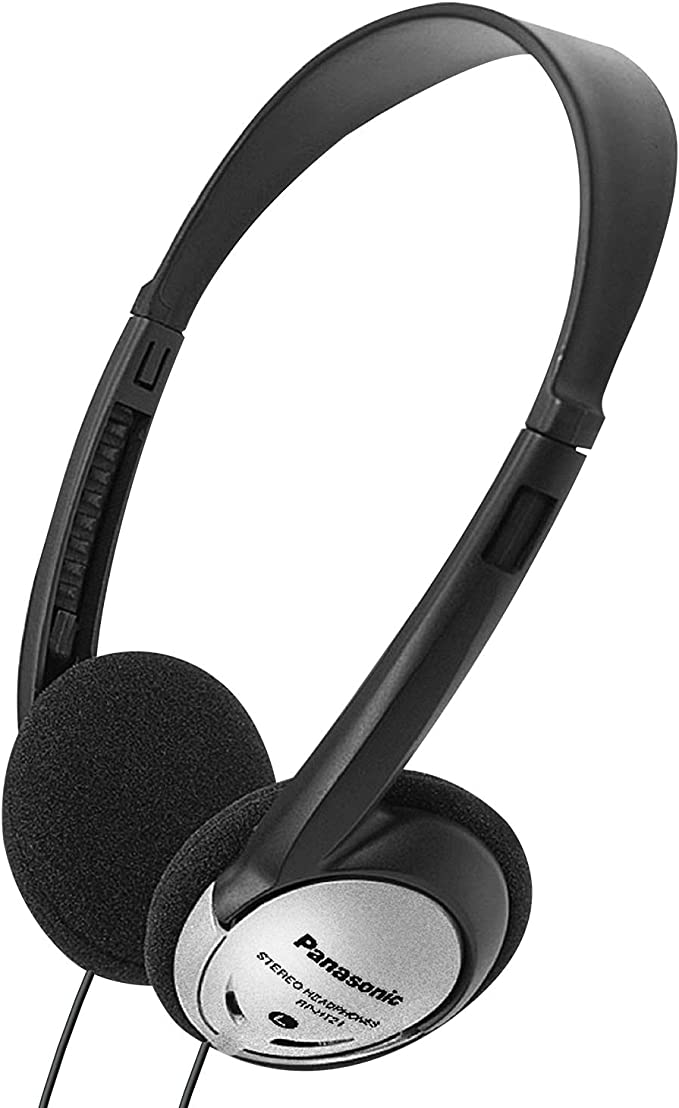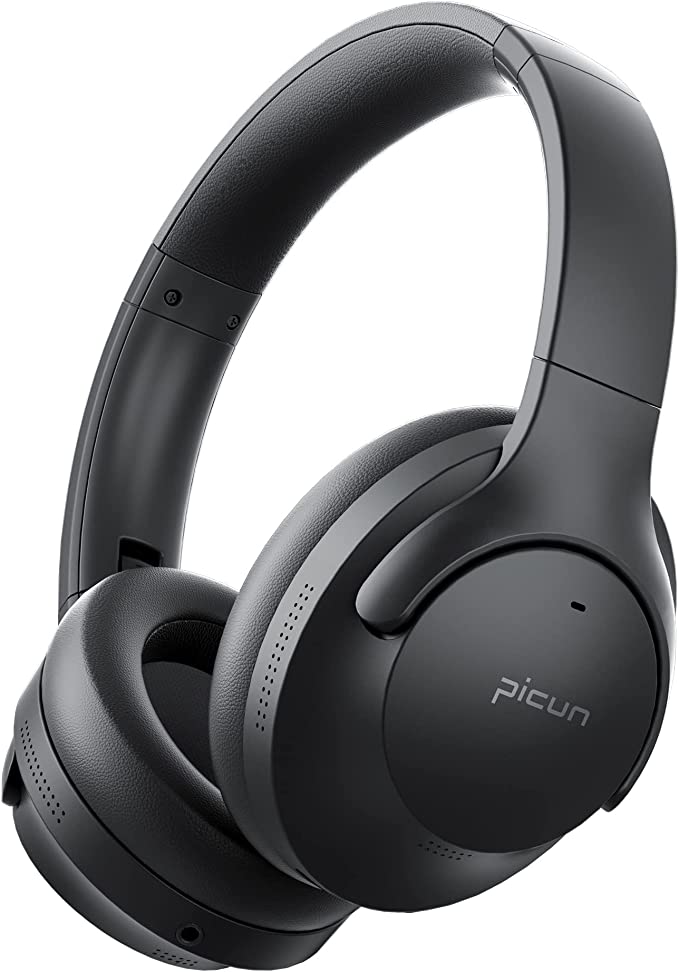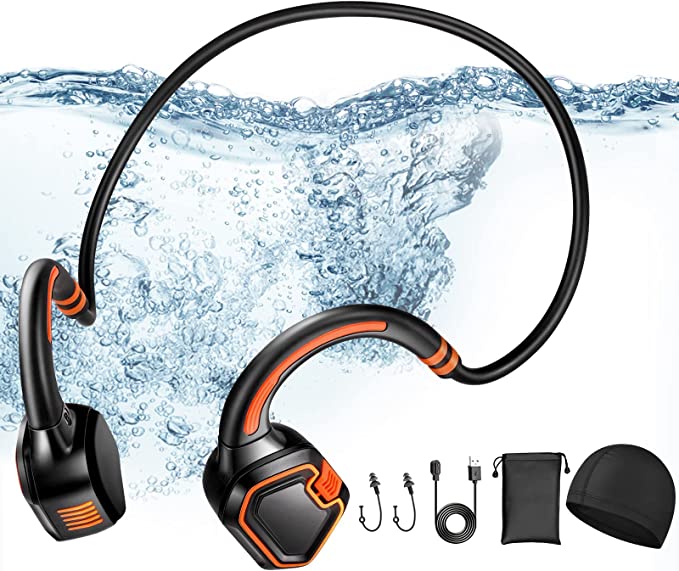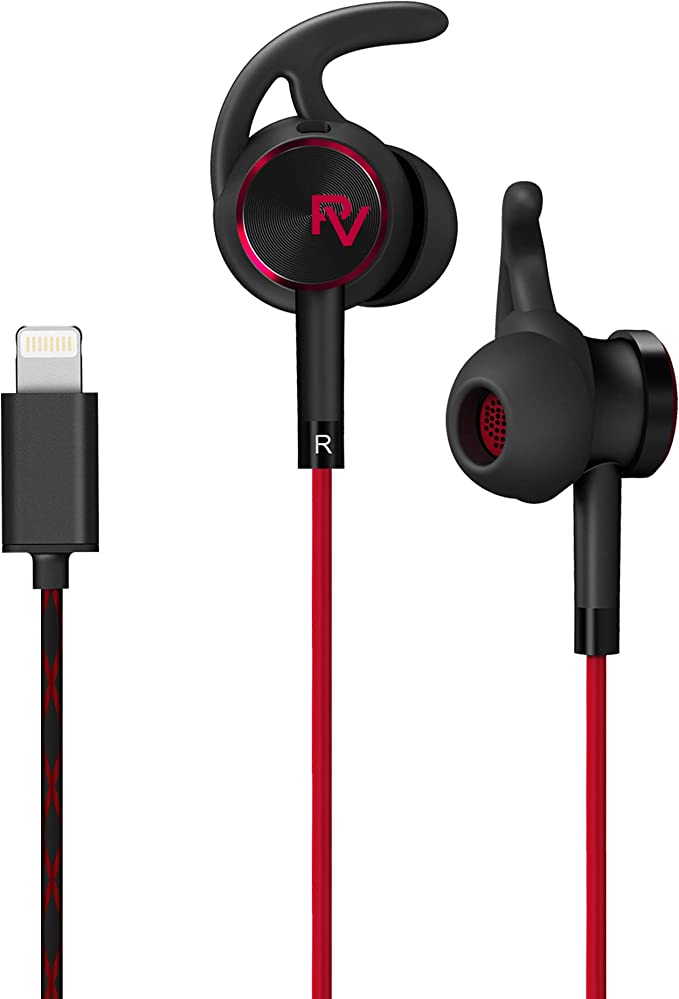Koss QZ-Pro Wired Headphones: Experience Peace and Quiet with Noise Cancellation
Update on March 21, 2025, 12:39 p.m.
We live in a world saturated with sound. From the bustling city streets to the hum of our own homes, noise is a constant companion. While some sounds are welcome – the laughter of loved ones, the melody of a favorite song – others are intrusive and unwelcome, disrupting our focus, hindering our relaxation, and even impacting our health. This constant barrage of unwanted sound, often referred to as noise pollution, has created a growing demand for moments of peace and quiet. It’s in this context that noise-canceling headphones, like the Koss QZ-Pro, have emerged as a valuable tool for reclaiming our sonic environment. But how do these devices work, and what makes them so effective? Let’s embark on a journey into the fascinating world of sound and silence.

The Sound of Science: A Crash Course in Acoustics
Before we dive into the specifics of noise cancellation, it’s helpful to understand the fundamentals of sound itself. Sound, in its essence, is a vibration that travels through a medium, such as air, water, or solids. This vibration creates waves, much like ripples spreading across a pond when you toss in a pebble. These sound waves possess several key characteristics:
- Frequency: This refers to the number of vibrations per second, measured in Hertz (Hz). We perceive frequency as pitch – a high-frequency sound is high-pitched (like a whistle), while a low-frequency sound is low-pitched (like a bass drum). The range human can hear is approximately between 20Hz to 20,000Hz.
- Amplitude: This represents the intensity of the vibration, or the size of the wave. We perceive amplitude as loudness – a high-amplitude sound is loud, while a low-amplitude sound is soft. Loudness is measured in decibels (dB).
- Wavelength: This is the distance that transimit in space for frequency to complete one cycle.
Imagine these waves as invisible ripples traveling through the air, carrying energy from the source of the sound to our ears. Our eardrums, in turn, vibrate in response to these waves, sending signals to our brain that we interpret as sound.

The Two Faces of Noise Cancellation: Passive vs. Active
Noise cancellation, as a concept, isn’t about eliminating sound entirely; it’s about reducing the perception of unwanted sound. There are two primary approaches to achieving this: passive noise reduction (PNR) and active noise reduction (ANR).
-
Passive Noise Reduction (PNR): This is the more straightforward method, relying on physical barriers to block sound waves. Think of it like building a wall around your ears. The materials and design of the headphone earcups play a crucial role here. Dense materials, like thick foam or vinyl, are effective at absorbing and reflecting sound waves, preventing them from reaching your eardrums. The tighter the seal around your ear, the better the PNR. The Koss QZ-Pro, with its over-ear design and closed-back earcups featuring soft vinyl cushions, provides a substantial degree of passive noise reduction.
-
Active Noise Reduction (ANR): This is where the real magic happens. ANR employs a sophisticated technique based on the principle of destructive interference. Imagine two identical waves, but one is flipped upside down. When these waves meet, they cancel each other out, resulting in silence. ANR headphones use tiny microphones to “listen” to the ambient noise. This signal is then processed by an electronic circuit, which generates an “anti-noise” wave that is precisely the inverse of the incoming noise. This anti-noise wave is then played through the headphone speakers, where it combines with the original noise and, ideally, cancels it out.
Koss QZ-Pro: A Blend of Old School and New Tech
The Koss QZ-Pro wired headphones represent a practical application of both passive and active noise reduction principles. They don’t rely solely on electronic wizardry; they also leverage the time-tested effectiveness of physical sound isolation. This dual approach allows them to tackle a wider range of noise frequencies than headphones that rely solely on one method. The over-ear, closed-back design, coupled with the plush vinyl earcups, establishes a strong foundation of passive noise reduction. This effectively minimizes higher-frequency sounds like chatter, keyboard clicks, and the hiss of air conditioning.
The Physics of Peace: How Active Noise Cancellation Works
Let’s delve a bit deeper into the workings of ANR. The key components involved are:
- Microphones: Tiny microphones, typically located on the outside of the earcups, capture the ambient noise.
- Processing Circuitry: This is the brain of the ANR system. It analyzes the incoming noise signal and, using sophisticated algorithms, generates the anti-noise wave. This involves inverting the phase of the noise signal by 180 degrees.
- Speakers: The anti-noise wave is then played through the headphone speakers, along with the desired audio (music, podcast, etc.).
- Destructive Interference: When the original noise wave and the anti-noise wave meet inside the earcups, they interfere destructively, canceling each other out.
- Battery: Powering for active noise reduction technology.
It’s important to note that ANR is most effective at canceling out consistent, low-frequency sounds, like the drone of an airplane engine or the hum of a refrigerator. It’s less effective at dealing with sudden, high-frequency sounds, like a car horn or a shout. This is because the processing circuitry needs a bit of time to analyze the noise and generate the anti-noise wave.
The Anatomy of Quiet: Design and Materials of the QZ-Pro
The physical design of the Koss QZ-Pro plays a vital role in its noise-reducing capabilities. The over-ear design, where the earcups completely surround the ears, creates a sealed environment that significantly reduces the amount of external sound that can leak in. The closed-back design further enhances this isolation by preventing sound from escaping out of the headphones, which also benefits those around you.
The choice of materials is also crucial. The soft vinyl used for the ear cushions not only provides comfort but also conforms to the shape of your head, creating a tighter seal and improving passive noise isolation. While vinyl might not be as breathable as some other materials, its density makes it an effective sound blocker. The internal components, including the dynamic stereophone element, are designed to deliver a wide frequency response (40 Hz - 20 kHz), ensuring that the audio you do want to hear is reproduced with clarity and depth.

Putting the QZ-Pro into sound practice:
Let’s imagine Sarah, a software developer, is trying to concentrate on a complex coding task. Her open-plan office, while fostering collaboration, is a constant source of distractions: the clatter of keyboards, snippets of conversations, the whirring of the ventilation system. These sounds, while seemingly innocuous individually, combine to create a cacophony that makes it difficult for Sarah to focus.
She slips on her Koss QZ-Pro headphones. The soft vinyl earcups envelop her ears, creating an immediate sense of isolation. This is the passive noise reduction at work, physically blocking out a significant portion of the higher-frequency sounds. She then flips the switch to activate the active noise cancellation. The low, persistent hum of the ventilation system, which had been a constant undercurrent of annoyance, fades noticeably. It doesn’t disappear completely, but it’s reduced to a barely perceptible murmur.
Sarah starts playing some instrumental music – not to drown out the remaining noise, but to create a more focused and calming soundscape. The QZ-Pro’s wide frequency response ensures that the music sounds clear and balanced, without the need to crank up the volume to unhealthy levels. She finds that she can now concentrate on her code, her thoughts flowing more freely, unburdened by the distractions of the office environment. The 30-hour battery life ensures that she won’t need to worry about recharging during long work sessions or flights. The collapsible design means she can easily stow them in her bag when she’s finished.
A Journey Through Sound: A Brief History of Headphones and Noise Cancellation
The quest for a personal, immersive listening experience has a long and fascinating history. The earliest headphones, developed in the late 19th century, were primarily used for telephone and radio communication – far from the high-fidelity devices we know today. Koss played a pivotal role in this evolution. In 1958, John C. Koss invented the first stereo headphones, the Koss SP/3, revolutionizing the way people listened to music.
The concept of noise cancellation emerged somewhat later. Early experiments in active noise control can be traced back to the 1930s, but the technology didn’t become practical for headphones until the late 20th century. The first commercially available noise-canceling headphones were primarily targeted at pilots, who needed to protect their hearing and communicate clearly in extremely noisy environments. Over time, the technology has become more refined and affordable, making it accessible to a wider audience.

Beyond Silence: The Future of Noise Control
Noise-canceling technology is continuing to evolve at a rapid pace. Researchers and engineers are exploring several exciting avenues:
- Improved Algorithms: More sophisticated algorithms are being developed to better analyze and cancel out a wider range of noise frequencies, including those that are sudden and unpredictable.
- Personalized Noise Cancellation: Future headphones may be able to adapt to the individual user’s ear shape and hearing profile, providing a customized noise-canceling experience.
- Adaptive Noise Cancellation: Headphones could automatically adjust the level of noise cancellation based on the surrounding environment, seamlessly transitioning from full noise cancellation in a noisy setting to a more transparent mode in a quieter environment.
- Integration with Other Technologies: Noise cancellation is increasingly being integrated with other technologies, such as voice assistants and augmented reality (AR) systems. Imagine headphones that can selectively cancel out certain sounds while allowing others to pass through, creating a truly customized auditory experience.
- Miniaturization: Further reductions in the size and power consumption of ANR components will lead to even more compact and comfortable noise-canceling headphones, and potentially even noise-canceling earbuds that rival the performance of over-ear models.
Making the informed decision: concerning QZ-Pro
The Koss QZ-Pro headphones, while not at the bleeding edge of noise-canceling technology, offer a solid and affordable solution for those seeking a quieter listening experience. They represent a balance between traditional design, proven noise reduction techniques, and value for money. While user reviews are mixed, with some highlighting limitations in the ANC performance and concerns about long-term durability, the QZ-Pro remains a viable option for users who prioritize a combination of passive and active noise reduction in a wired, over-ear design. The inclusion of an airline adapter is a bonus for frequent travelers. Ultimately, the best headphones for any individual depend on their specific needs, preferences, and budget. The QZ-Pro occupies a specific niche, providing a good balance of features at its price point. They demonstrate that effective noise reduction doesn’t always require the most expensive or technologically advanced solution. Sometimes, a blend of tried-and-true methods, like the combination of active and passive noise cancellation found in the QZ-Pro, can deliver a satisfyingly peaceful listening experience.


